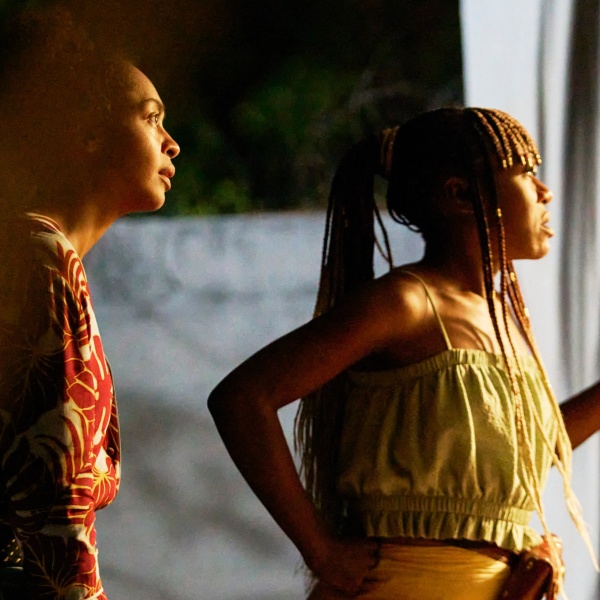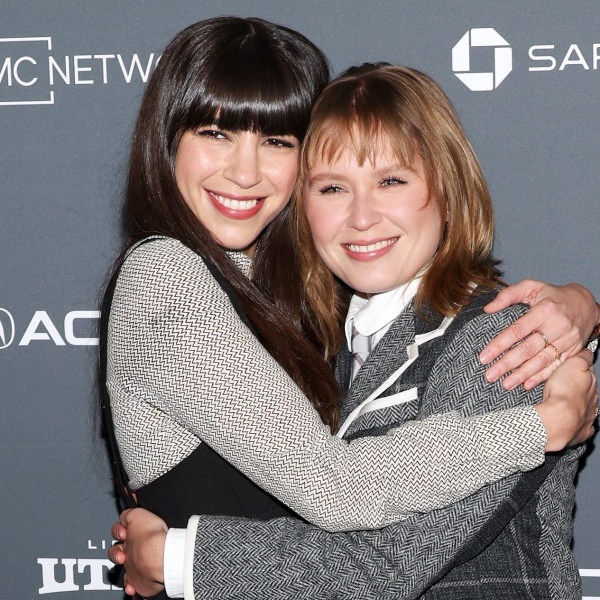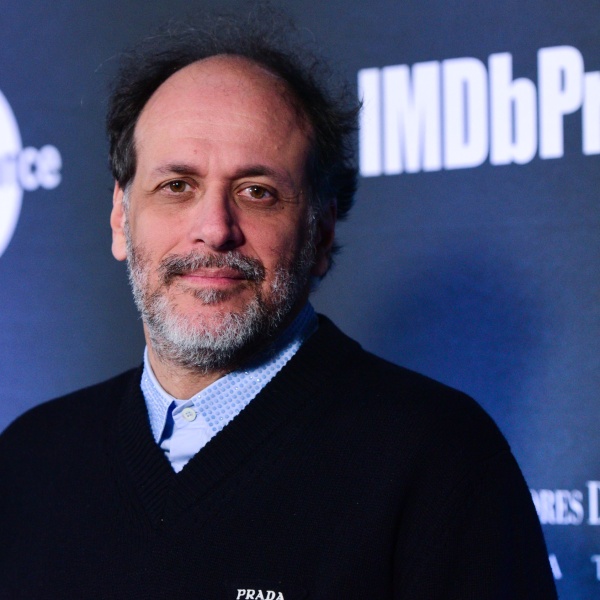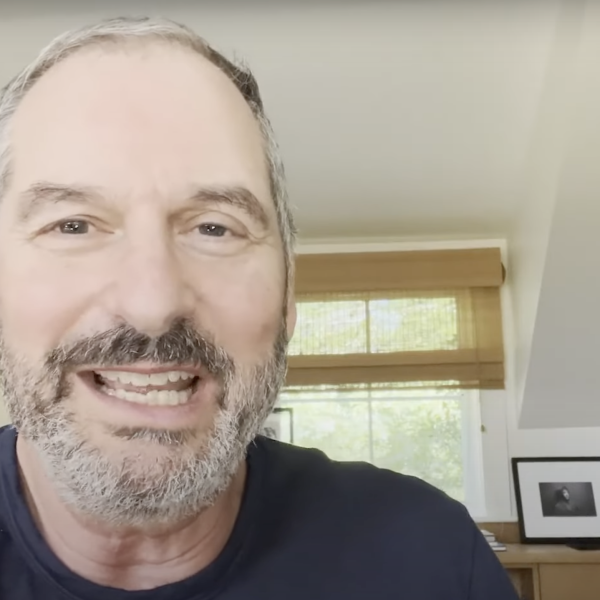One of the challenges of competitive free diving is that only other free divers can look after free divers. Scuba divers have to rise to the surface in a slow, controlled way, so if something goes wrong during a free dive — as can easily happen when holding one’s breath for minutes while swimming against meters of pressure underwater — someone in scuba gear can’t react quickly enough. The pursuit of free diving makes it simultaneously lonely and liberating and draws together kindred spirits who can’t get enough of it.
That’s the dynamic explored in the new Netflix/A24 documentary “The Deepest Breath,” about the tragic end to the partnership between free diving record-holder Alessia Zecchini and safety diver Stephen Keenan. The film combines archival footage of them with footage purpose-shot for the film, but director Laura McGann seamlessly blends them by capturing the new footage how the subjects she chronicles did: underwater cinematography shot by free divers.
“We could have [shot new footage] with scuba divers, but we just needed to keep the environment as close to how the archive was produced as possible,” McGann told IndieWire.
The filmmakers conducted interviews, placed the archive footage, and had a cut of the entire film edited before shooting in the waters of Mexico, the Caribbean, and Egypt to fill in the gaps. “I storyboarded each scene using the archive that we had, and then put in pictures for the shots that I knew we needed to get,” McGann said.
The interesting challenge of the reconstructed footage wasn’t just that McGann and her team had specific shot needs. It was the nature of the footage they had already. “There was some really high-quality stuff, but then a lot of it [looked like] your mate filmed it,” McGann said. “So we leaned into that. We kept the handling noise that was in the archive because it’s authentic. It’s what’s there.”
Free diver and cinematographer Julie Gautier led the underwater photography effort for the film, balancing the documentary’s needs for authenticity and clarity with finding arresting imagery. “We had to be out far enough that you could go down [deep] and not see the ground [of the ocean floor] but also not see the surface,” McGann said.
Gautier’s work was often to film that void in the middle of the ocean, the place free divers surrender to on their way down. Then she’d have to do it over and over again, all at between 20 or 30 meters — that is, between 65 to 100 feet below the surface.
“Safety was obviously our number one priority at all times,” McGann said. “So she was free diving with a number of safeties. Then we had some divers and I’d be on the surface of the water beside the boat with like a noodle; they made me hang onto a noodle as if I was going to sink. But then they’d pop down. They’d get the shot. They’d come back up. They’d show me, on the surface. So I’d say, ‘Oh, that’s really good, guys. Can you just do that one more time, just slightly different?’”

McGann said that the experience of having a crew who could pop down and get impossible-looking shots, then tweak them to convey a nuance of feeling, was otherworldly. “It was like having a pod of dolphins on our crew. They were like, ‘I’ve got this.’ And they’d just go down and get it. The skill set of the people on our team was just world-class and almost out-of-this-world class,” McGann said.
One of McGann’s favorite spots where the archival materials intersect with new footage is the story “The Deepest Breath” tells of Keenan’s rescue of renowned free diver Alexey Molchanov in Greece. There was plenty of archive footage of Molchanov’s AIDA 2013 world record attempt, but in telling Keenan’s story, McGann needed to capture the uncertainty and the commitment that a safety free diver needs to do their job. Part of what’s remarkable about Keenan, and part of how the Netflix documentary creates suspense, is the ability to be in a place of serenity and stillness even as time, and air, runs out.
McGann, Gautier, and the film’s underwater cinematography team were able to craft what McGann calls a “speck of dust” shot, “where you’ve got this wide, expansive ocean and then you’ve got the diver in the middle waiting. I felt like that moment of being able to see the position Stephen was in where there’s nothing going on around him and what does he do? It’s the ultimate test of character,” McGann said.
Pairing an image that captures the intensity of the test with some archive materials of Keenan tongue-in-cheek kissing his biceps afterward was, for McGann, the perfect marriage of archive and reconstructed footage; it’s also a pretty great encapsulation of Keenan. “It’s really the start of him taking off in his life as well. He’s finally found his spot and he’s [since] been celebrated for being just a good guy,” McGann said.
“The Deepest Breath” streams on Netflix beginning Friday, July 21.






